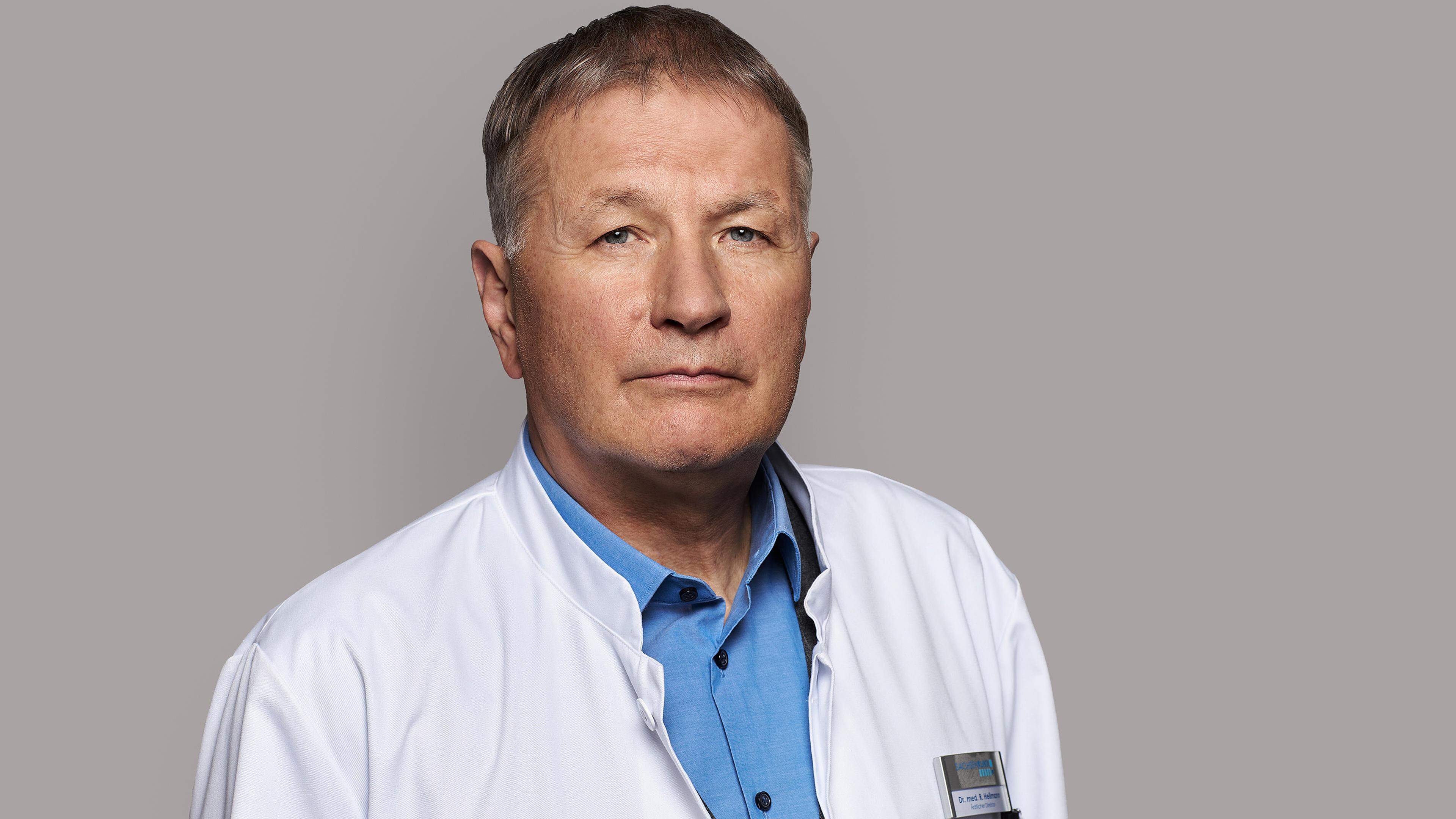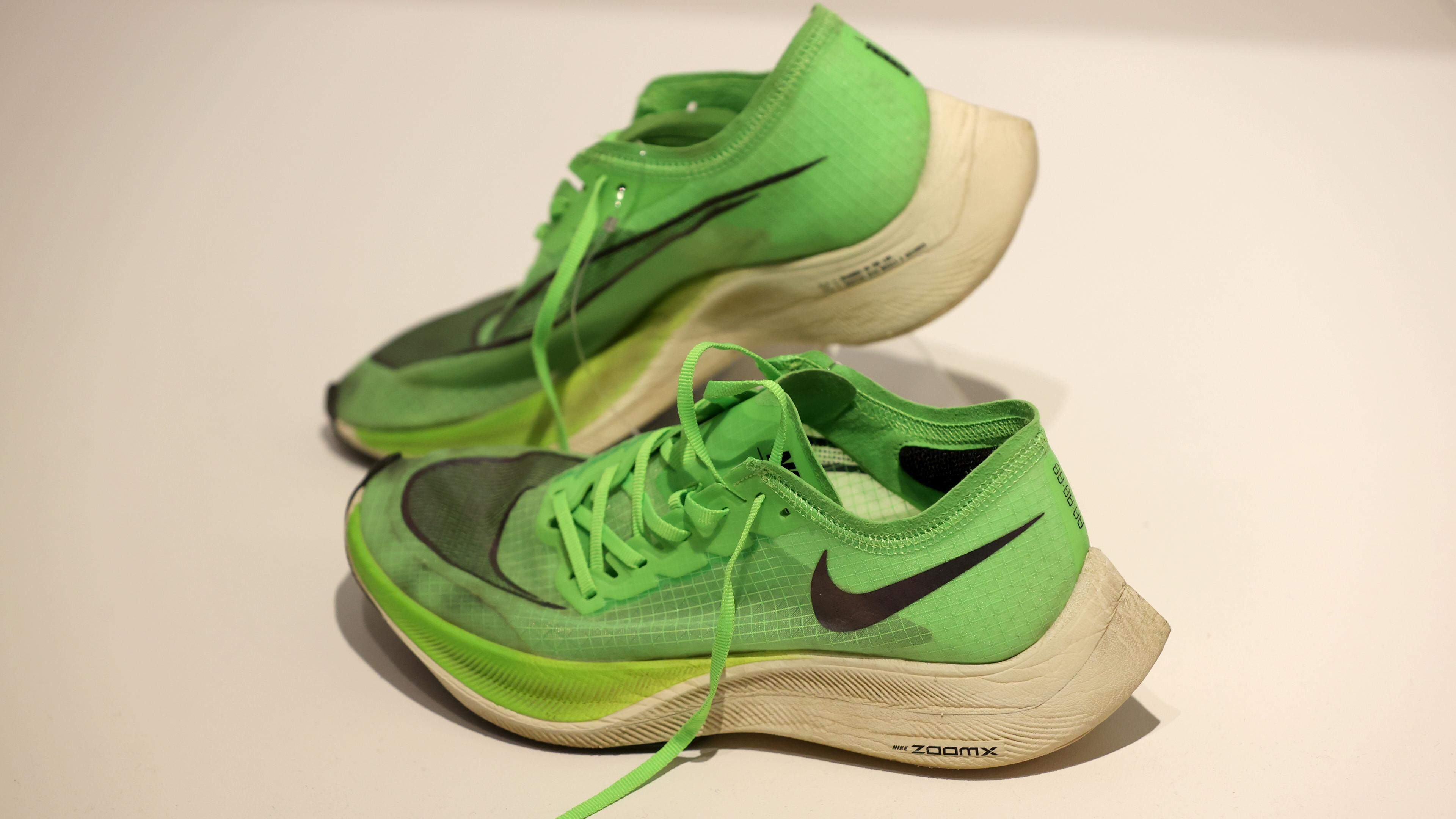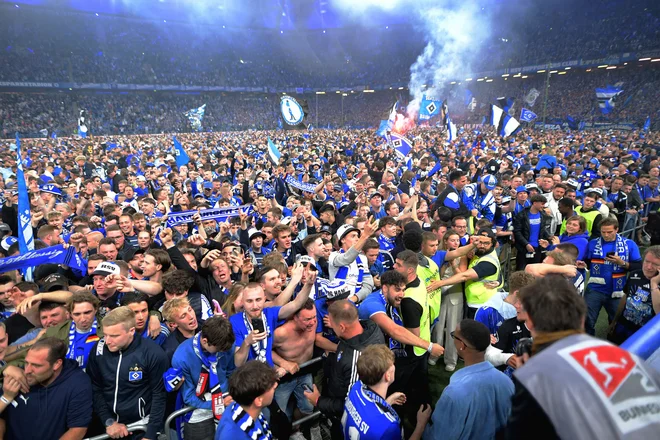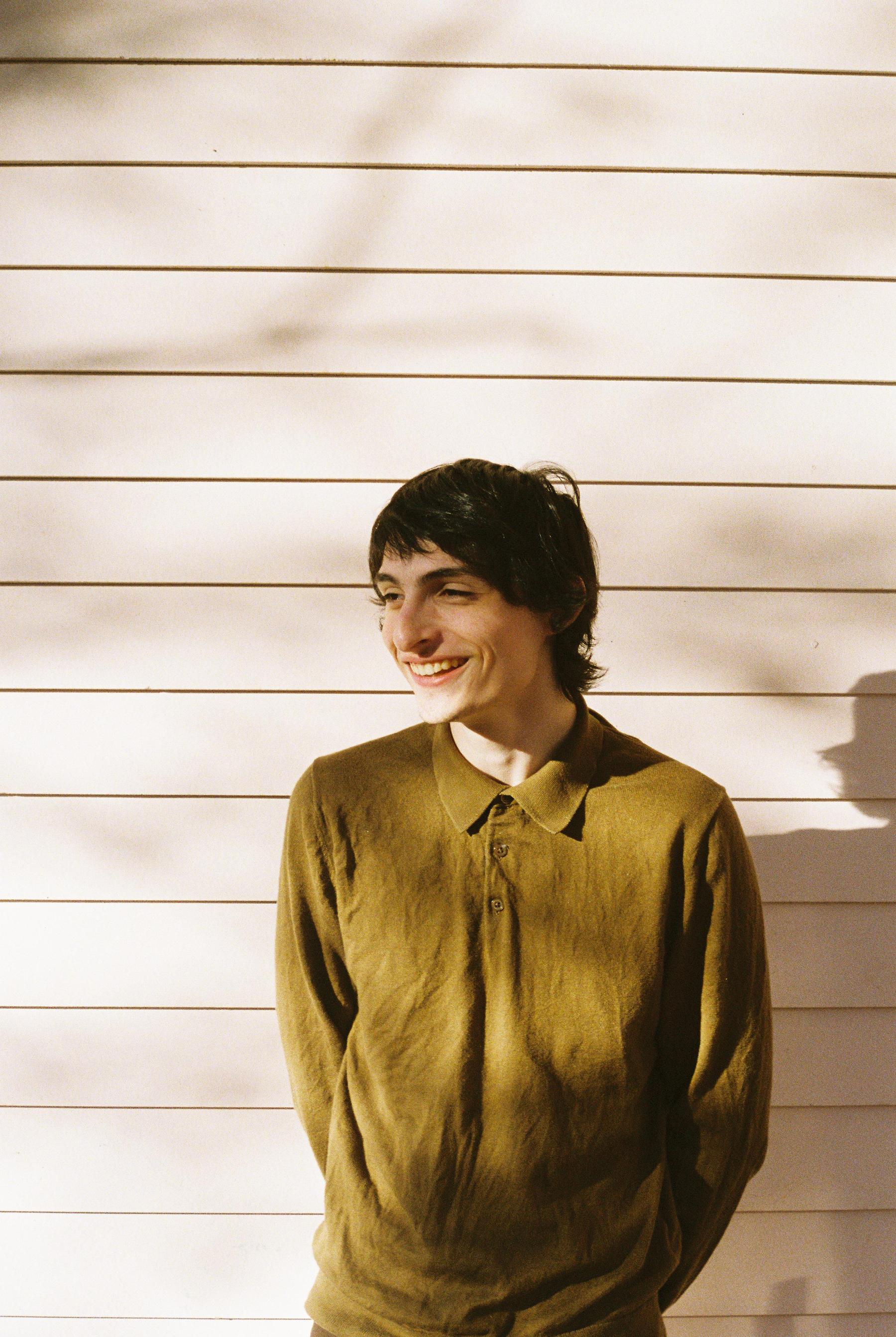Look back and forward: Luxembourg at the architecture Biennale
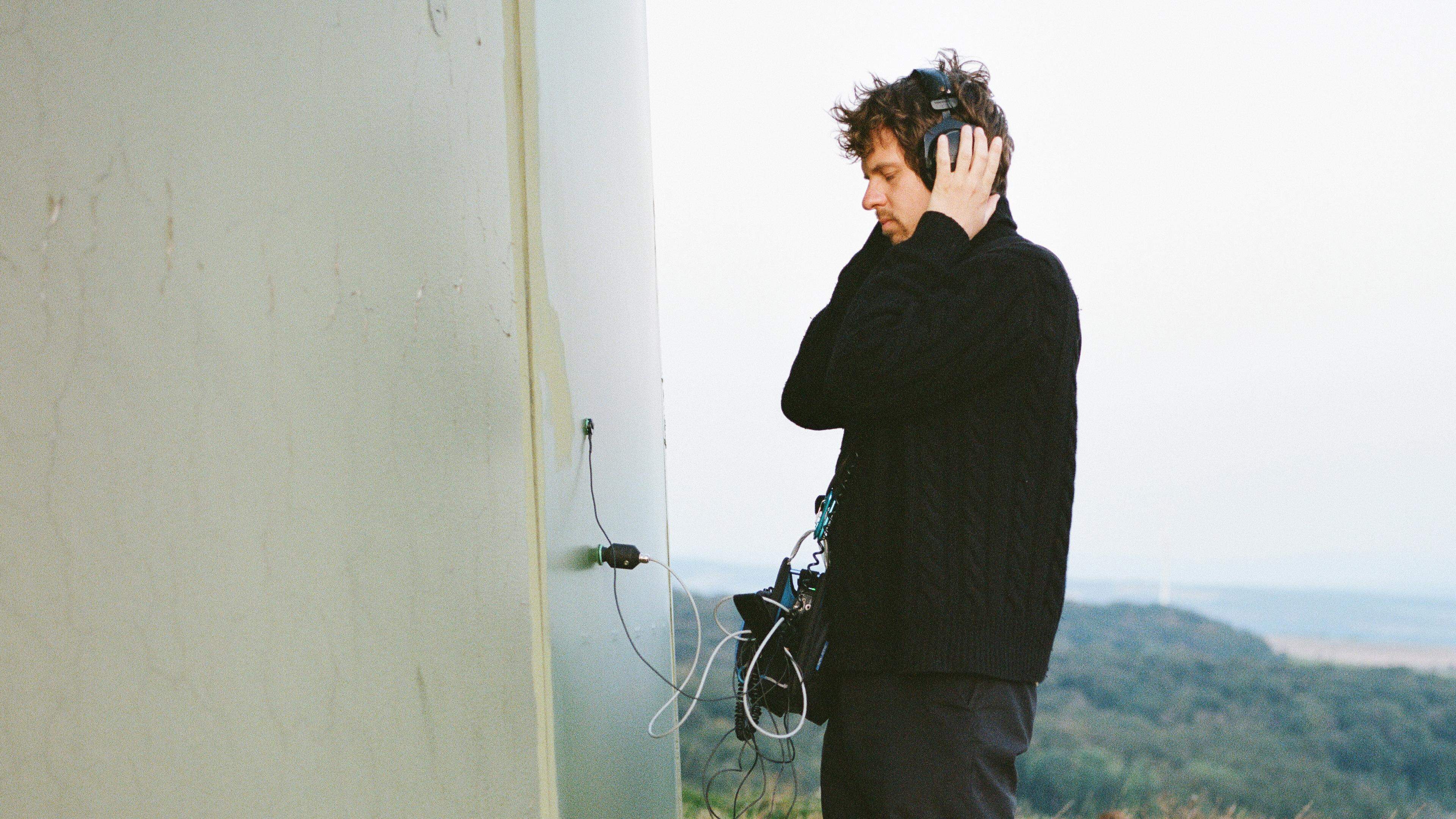
The architectural scene from all over the world is celebrating in Venice for the 19th time: The official starting sign for the Mostra Internazionale di Archetettura di Venezia, according to its official name, will be found on May 10th.
In the two days before, experts and the press can take a look at the pavilions, all of which are under the overmotto of the approximately six -month exhibition: « Intelligent. Natural. Artificial. Collective. » The curator of the overall exhibition, in which a total of 66 nations are represented, is the architectural expert Carlo Ratti this year.
2025: ears pointed!
The Grand Duchy is in 2025 for the tenth time. In the so-called arsenal complex, the project « Sonic Investigations », a sound installation, can be seen or to be heard in the so-called arsenal complex that gets to the bottom of the relationship between man, machine and nature in the anthropocene-i.e. the age in which we as humans have the most influence on earth.
‘Sonic Investigations’ represents a real further development compared to previous years.
The sound piece was developed by the curator trio Valentin Bansac, Alice Loumeu and Mike Fritsch together with the artist Ludwig Berger and contains sound sequences that were recorded in various places in Luxembourg.
With this new approach, “Sonic Investigations” represents a real development compared to previous years. Above all, the fact that the architecture concept is expanded this time by further sensory perception: hearing. In order to be able to make a precise comparison, it is worth taking a look back to the five previous appearances in Luxembourg on the Grand Canal:
2023: View into space
The two architects France Cane and Marija Marić got to the bottom of Space Mining with their project « Down to Earth » And thus met the motto of the 18th edition of the Biennale on the head, because this was « The Laboratory of the Future » (« The Future Laboratory »). All the basis was the consideration or much more the fact that the earth can finally finally deliver a lot of raw materials. Is Space Mining, i.e. the raw material mining in space, an alternative?
2023: France Canes and Marija Marić ‘installation « Down to Earth » converted the pavilion into a moon laboratory. Photo: Antoine Espinasseau
With their project, Cane and Marić not only showed a possible scenario, but also asked the question: is the overexploitation in space really the solution? Visitors to the Luxembourg Pavilion found themselves in a so -called « Lunar Laboratory », a moon laboratory, with stimulating devices.
The aim of the two curators was to bring the moon to earth and of course to initiate a process of thought: Which mistakes committed on earth can be avoided in space, a completely new field?
2020/2021: Houses for Luxembourg
Venice’s 17th architectural biennals took place until 2021 and not in 2020. The Luxembourg pavilion, curated by Sara Noel Costa de Araujo and the Luxembourg Center for Architecture (Luca), grabbed the Biennale motto « How Will We Live Together? » (« How will we live together? ») Appropriate living in the future.
2020/2021: At the 17th architectural Biennale, Luxembourg issued solutions for future living together. Photo: Luca / Holicstudio / Studio Sncda
With regard to the tense housing market in the Grand Duchy, visitors in the pavilion were able to experience a solution up close, which relies on flexible module concepts that are tailored to people’s needs. The opening of the pavilion with Minister of Culture Sam Tansson did not take place at the end of September 2021, i.e. at the beginning of the final third of the exhibition period.
2018: The public space
In the 16th edition of the Biennale Archetettura, the Grand Duchy for the first time moved into quarters in the Arsenale, one of the two main buildings of the exhibition series. The pavilion of the Grand Duchy revealed ideas for maintaining public space despite intensive development under the title « Architecture often the common ground – an architectural history of the floor question ». The Biennale wore the motto « Freespace » (« freedom »).
In the 16th edition of the Biennale Archetettura, the Grand Duchy for the first time moved into quarters in the Arsenale.
The curator duo sat down from Andrea Rumpf (director of the Luca) and Florian Hertweck (Professor of Architecture at the University of Luxembourg) together. Among other things, they presented oversized models of never -implemented designs from all over the world, which showed how areas of the population can be made accessible and yet no living space has to give way.
2016: housing shortage
Nine years ago, a Luxembourg-Austrian team, consisting of Claude Ballini, Serge Ecker, Daniel Grünkranz and Panajota Panotopoulou, was able to present their project with the title « Tracing Transitions » in the lagoon city. The topic was the socially just distributed living space in Luxembourg and the surrounding area, also the topic of housing shortage. The resulting questions were: there is a lack of living space? How accessible is sustainable living stock in social terms? What do the conflicts about living space look like in detail?
2016: Luxembourg presented itself in Venice with a contribution on the topic of housing shortage and conflicts about living space. Photo: Luca
On the one hand, the quartet showed an inventory: where are the problems? What do those affected think? Examples such as a multi -generation residential project in Beggen were also discussed. The rather hard facts and words were implemented in a 3D installation in which texts, images and data records interlock.
2014: very luxembourgish
The Grand Duchy celebrated its fifth participation in the 13th International Architecture Biennale. Luxembourg presented itself with the project « Futura Bold? Post-City: Considering the Luxembourg Case » by architects Philippe Nathan, Yi-Der Chou and Radim Louda. In their presentation, they concentrated in five locations: Belval, Berchem, Ingeldorf, Kirchberg and Schengen.
Quaken, noise, ghucking: What visitors in the Luxembourg Pavilion in Venice expected
The places are five municipalities or districts that fulfill different tasks in the country and also have different architecture: Belval as a place of upheaval, Ingeldorf as the center of the Nordstadt or Schengen as a symbol of the United Europe.


